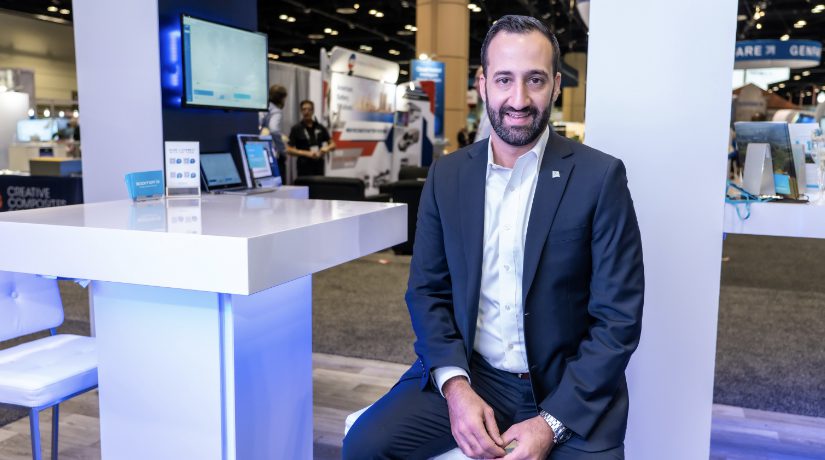As if on cue, just days after the passage of the bipartisan infrastructure package, the United States’ top transit leaders, advisors, and advocates gathered in Orlando, Florida to plot the future of transit at the American Public Transportation Association’s TRANSform Conference & EXPO.
Themes that resonated over the four-day event included: equity, resiliency, and efficiency in all steps of the process – from procurement through service delivery. Transit executives are looking to pave new, transformational paths forward while addressing multiple community goals.
The way to adapt to a radical future is to restructure the networks, assess what can be reused and invest in future-proof technology. Along the way, transit agencies should reevaluate the metrics of success – bypass traditional measures, like ridership, in exchange for delivering more sustainable services.
As we continue to transition to a post-pandemic society, the transit industry is reinventing itself, exploring innovative ideas to better serve our communities. Here are a few of those innovations in the making:
- Bob James, Executive Technology Innovation Advisor at New Jersey Transit, highlighted the role international standards, like ITxPT, will play in the acquisition of future solutions. By enabling open architecture, data accessibility and interoperability between IT systems, NJ Transit will experience cost advantages, while improving service delivery, and supporting innovation.
- Derrick James, Senior Manager of Government Affairs at Amtrak, highlighted the critical importance of cooperation between the states, host railroads and Amtrak to securing funding for a true partnership. He reiterated that “working in partnership with open communication and reasonable investments can deliver value to travelers and the economy”.
- Ray Lang, Senior Director of National State Relations at Amtrak and Christine Kefauver, Senior Vice President of Corporate Development at Brightline Trains, addressed how transportation providers can better seize the moment to deliver projects more expeditiously. With the backdrop of Florida as the home state to the first private intercity rail network in over 40 years’, Brightline was able to deliver based on their mission then and now. Christine put it very simply for APTA attendees: “It’s all about the experience.”
- Mischa Wanek-Libman, Executive Editor at Mass Transit Magazine, explained the trends related to passenger experience (PX) that she’s been hearing and seeing across North America agencies: 1) PX is becoming a primary focus in improvement projects; 2) Service PLUS comfort to bring riders back and 3) Rider satisfaction over ridership as a key metric.
Parallel to Christine’s message is one the Icomera team spoke on during “The PX Curriculum” in the Hot Topics Learning Zone.
The ultimate passenger experience starts with passenger connectivity for a productive, satisfied, informative and transparent journey. Passenger connectivity, which allows transit riders to work or stream as they choose, can deliver an improved passenger experience, as well as offer additional benefits to agencies.
Being an analytical mind with an engineering background, I try to summarize the benefits of an enhanced PX as an equation:
Frequent and Punctual Service + Clean Facilities and Infrastructure + Reliable Wi-Fi = Increase in Revenue + Increase in Societal Benefits + Increase in Ridership and Retention
A ride on the local transit bus or commuter rail is not just a means of origin to destination anymore. Our time is worth more and with that we, as an industry, need to cater to that worth.
During our time in Orlando, we may have discussed what’s NEXT in public transportation, but as an industry, we need to continuously revisit what’s working NOW to better our NEXT.

